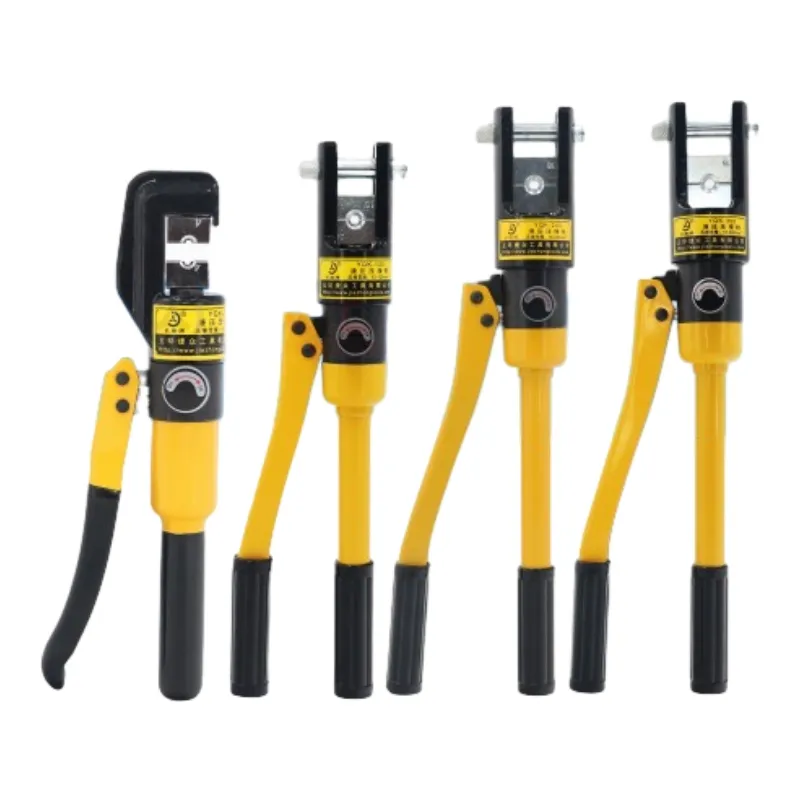
-
 Afrikaans
Afrikaans -
 Albanian
Albanian -
 Amharic
Amharic -
 Arabic
Arabic -
 Armenian
Armenian -
 Azerbaijani
Azerbaijani -
 Basque
Basque -
 Belarusian
Belarusian -
 Bengali
Bengali -
 Bosnian
Bosnian -
 Bulgarian
Bulgarian -
 Catalan
Catalan -
 Cebuano
Cebuano -
 Corsican
Corsican -
 Croatian
Croatian -
 Czech
Czech -
 Danish
Danish -
 Dutch
Dutch -
 English
English -
 Esperanto
Esperanto -
 Estonian
Estonian -
 Finnish
Finnish -
 French
French -
 Frisian
Frisian -
 Galician
Galician -
 Georgian
Georgian -
 German
German -
 Greek
Greek -
 Gujarati
Gujarati -
 Haitian Creole
Haitian Creole -
 hausa
hausa -
 hawaiian
hawaiian -
 Hebrew
Hebrew -
 Hindi
Hindi -
 Miao
Miao -
 Hungarian
Hungarian -
 Icelandic
Icelandic -
 igbo
igbo -
 Indonesian
Indonesian -
 irish
irish -
 Italian
Italian -
 Japanese
Japanese -
 Javanese
Javanese -
 Kannada
Kannada -
 kazakh
kazakh -
 Khmer
Khmer -
 Rwandese
Rwandese -
 Korean
Korean -
 Kurdish
Kurdish -
 Kyrgyz
Kyrgyz -
 Lao
Lao -
 Latin
Latin -
 Latvian
Latvian -
 Lithuanian
Lithuanian -
 Luxembourgish
Luxembourgish -
 Macedonian
Macedonian -
 Malgashi
Malgashi -
 Malay
Malay -
 Malayalam
Malayalam -
 Maltese
Maltese -
 Maori
Maori -
 Marathi
Marathi -
 Mongolian
Mongolian -
 Myanmar
Myanmar -
 Nepali
Nepali -
 Norwegian
Norwegian -
 Norwegian
Norwegian -
 Occitan
Occitan -
 Pashto
Pashto -
 Persian
Persian -
 Polish
Polish -
 Portuguese
Portuguese -
 Punjabi
Punjabi -
 Romanian
Romanian -
 Russian
Russian -
 Samoan
Samoan -
 Scottish Gaelic
Scottish Gaelic -
 Serbian
Serbian -
 Sesotho
Sesotho -
 Shona
Shona -
 Sindhi
Sindhi -
 Sinhala
Sinhala -
 Slovak
Slovak -
 Slovenian
Slovenian -
 Somali
Somali -
 Spanish
Spanish -
 Sundanese
Sundanese -
 Swahili
Swahili -
 Swedish
Swedish -
 Tagalog
Tagalog -
 Tajik
Tajik -
 Tamil
Tamil -
 Tatar
Tatar -
 Telugu
Telugu -
 Thai
Thai -
 Turkish
Turkish -
 Turkmen
Turkmen -
 Ukrainian
Ukrainian -
 Urdu
Urdu -
 Uighur
Uighur -
 Uzbek
Uzbek -
 Vietnamese
Vietnamese -
 Welsh
Welsh -
 Bantu
Bantu -
 Yiddish
Yiddish -
 Yoruba
Yoruba -
 Zulu
Zulu


Nov . 07, 2024 18:09 Back to list
Durable Stainless Steel Chain Block for Heavy Lifting and Industrial Use
Understanding Stainless Steel Chain Blocks Versatility and Reliability in Lifting Solutions
In the world of material handling and lifting equipment, the stainless steel chain block stands out for its durability, corrosion resistance, and versatility. Designed to facilitate the lifting of heavy objects, these devices are integral in various industrial applications, from construction sites to warehouses and even in marine environments.
What is a Stainless Steel Chain Block?
A stainless steel chain block is a type of hoisting system that uses a system of chains and gears to lift heavy items. The primary structure comprises a stainless steel body, a load chain, and a hand chain, which allows operators to hoist loads manually or with a power source. The incorporation of stainless steel in its design provides enhanced resistance to rust and corrosion, making it particularly suitable for environments where moisture and harsher conditions are prevalent.
Benefits of Stainless Steel Chain Blocks
1. Corrosion Resistance The most significant advantage of stainless steel chain blocks is their resistance to corrosion. Unlike conventional carbon steel hoists that can rust and deteriorate over time, stainless steel maintains its integrity, ensuring longer service life and reduced maintenance costs.
2. Strength and Durability Stainless steel is known for its high tensile strength. Chain blocks made from this material can easily handle substantial loads, making them suitable for heavy-duty applications. They are engineered to lift loads ranging from a few hundred kilograms to several tons, depending on the model.
3. Safety Safety is paramount in any lifting operation. Stainless steel chain blocks are designed with safety features such as overload protection, which helps prevent accidents during operation. The chain mechanisms are meticulously crafted to ensure smooth operation, which minimizes the risk of failure or accidents.
stainless steel chain block

4. Versatility These chain blocks can be used in various settings, including construction, shipping, manufacturing, and more. Their portability allows for easy transportation and setup, making them an essential tool for rigging and lifting in diverse locations.
5. Ease of Use Operating a stainless steel chain block is generally straightforward. The hand chain allows for manual operation, and with the right training, workers can effectively and safely perform lifting tasks. Additionally, many models can be adapted for use with electric and pneumatic power sources.
Applications of Stainless Steel Chain Blocks
Stainless steel chain blocks are utilized across numerous industries. In the marine sector, they help lift docks and heavy equipment while resisting the corrosive effects of saltwater. In construction, they are employed for lifting materials, machinery, and even as part of complex rigging systems. Warehousing and logistics also benefit from these chain blocks, which facilitate the movement of goods and materials efficiently.
Maintenance and Care
To maximize the lifespan and effectiveness of stainless steel chain blocks, regular maintenance is essential. Operators should conduct routine inspections to check for signs of wear, such as frayed chains or damaged components. Proper lubrication of moving parts will also ensure smooth operation. Additionally, keeping the chain block clean and free from debris can help maintain its functionality and safety.
Conclusion
In conclusion, stainless steel chain blocks are an invaluable asset to various industries requiring reliable lifting solutions. Their combination of durability, safety, and resistance to corrosion makes them an ideal choice for a wide range of applications. By investing in high-quality stainless steel chain blocks, businesses can enhance operational efficiency and ensure a safer working environment. For any organization involved in lifting heavy loads, these robust tools are essential for achieving optimal performance and safety standards.
Latest news
What Are Construction Tools and How Are They Used?
NewsJul.11,2025
Professional-Grade Duct Rodding Tools for Superior Cable Installation
NewsJul.11,2025
Enhancing Safety and Efficiency with Modern Hot Stick Solutions
NewsJul.11,2025
Empowering Cable Installation with Advanced Rodder Solutions
NewsJul.11,2025
Elevate Your Cable Installation Projects with Cable Pulling Tools
NewsJul.11,2025
Efficient Cable Handling Solutions: Cable Rollers for Sale
NewsJul.11,2025











